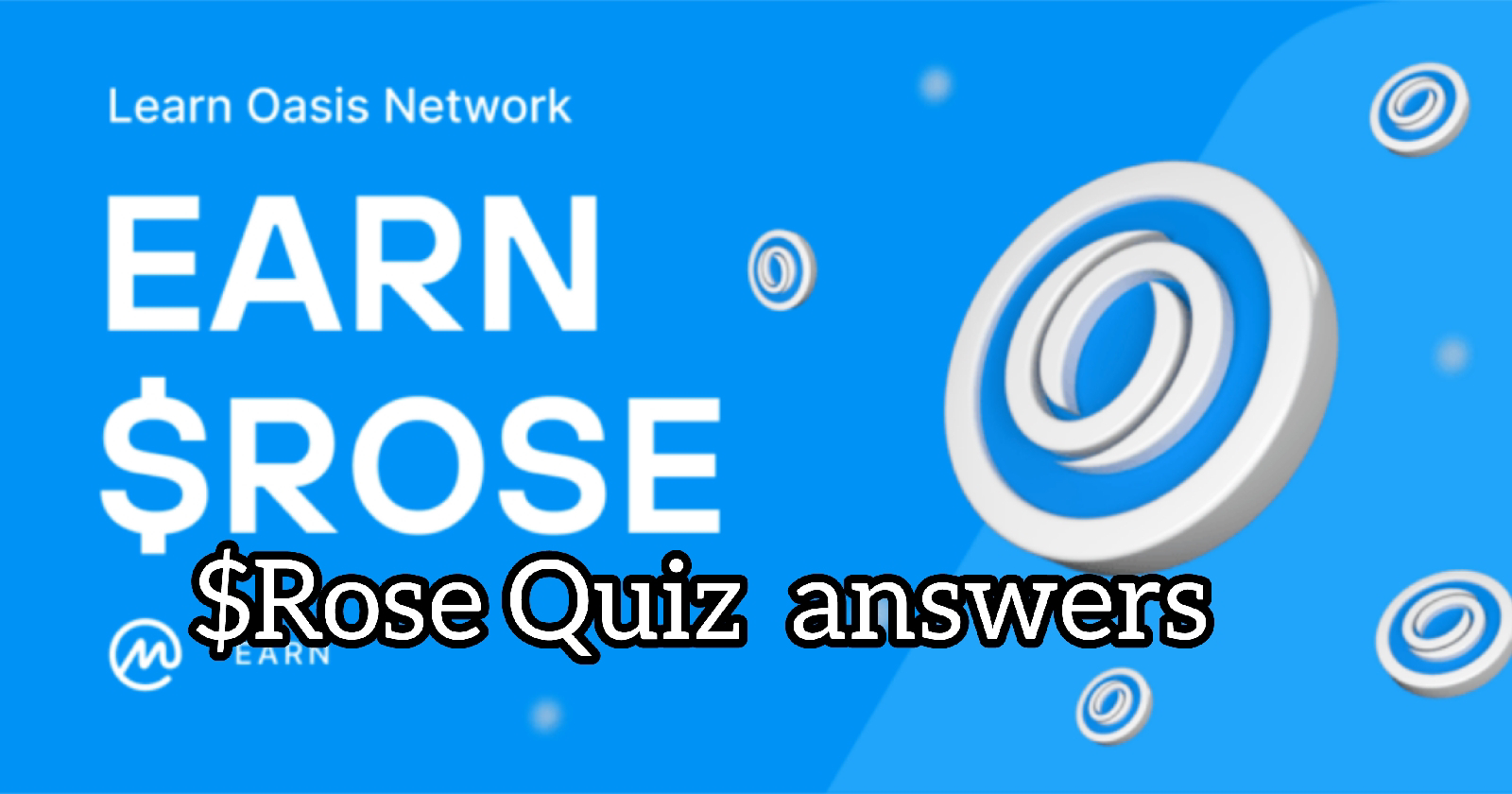What is the distinction between a blockchain and a distributed ledger?
Blockchain has a
shared and replicated
ledger comprised of
information stored in
“blocks” and sits below
a distributed ledger
and acts as a way to
verify transactions
submitted by
producing a new
“block” to the chain.
Distributed ledger is a
record of consensus
with cryptographic
audit trail maintained
and validated by
nodes. It can be
decentralized or
centralized
While often used interchangeably, a blockchain and a
distributed ledger are distinct – though subtly different –
technologies.
A distributed ledger is a record of consensus with a
cryptographic audit trail which is maintained and
validated by several separate nodes*. This
cryptographically assured and synchronized data can be
spread across multiple institutions. Distributed ledgers can
be either decentralized, granting equal rights within the
protocol to all participants or centralized, designating
certain users particular rights. Actors typically employ
distributed ledgers when they need a tool which permits
the concurrent editing of a shared state while maintaining
its unicity. The ledger’s state is determined through a
consensus algorithm, which can vary in its mechanics but
ultimately serves to validate information from inputs to the
network
Often described as the technology that
underpins the Bitcoin network, a
blockchain data structure has a shared,
replicated ledger comprised of digitally
recorded and unchangeable data in
packages called blocks. A blockchain sits
below a distributed ledger and acts as a
way to order and validate the transactions
in the ledger. While a blockchain
automatically produces a new “block”
after certain predetermined criteria is met,
a distributed ledger only verifies a
transaction once it is submitted, as
opposed to pushing out empty blocks. A
blockchain is a way to implement a
distributed ledger, but not all distributed
ledgers necessarily employ blockchains.
*In a distributed ledger, it is not necessarily
the case that all nodes either receive all
the information or, if they do, can
understand it. In the Ethereum model, for
example, all nodes receive and
understand all the information. In Corda,
only the nodes involved are aware that a
transaction exists
#IndiaWantsCrypto
#WazirXwarrior




Comments
Post a Comment